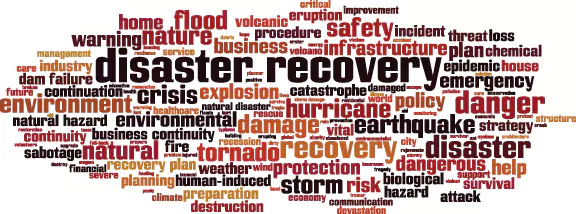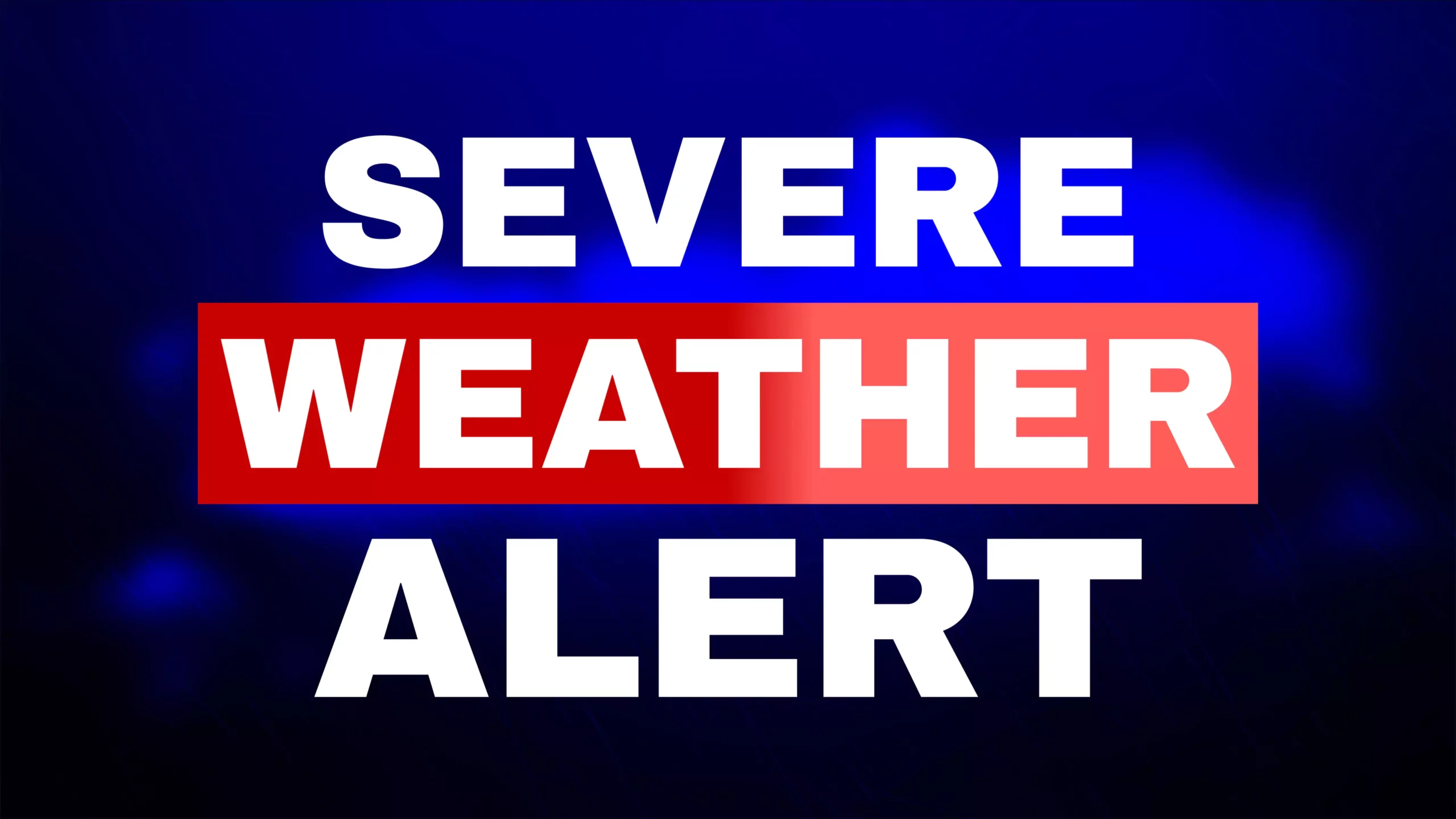Living in Oklahoma means experiencing some of the most dramatic weather patterns in the United States. From spring tornadoes to winter ice storms, the severe weather Oklahoma is known for requires preparation and vigilance.
This guide will help you understand what to expect each season, how to protect yourself, and where to find support if disaster strikes.
Understanding Oklahoma’s Severe Weather by Season
The region’s unique location at the crossroads of different air masses makes Oklahoma susceptible to extreme weather. Preparing for each season is critical to ensuring your safety and minimizing damage to your home and belongings.
1. Spring: Tornadoes and Thunderstorms
Spring is the peak season for tornadoes, especially in areas like Oklahoma City that lie in Tornado Alley. Tornadoes often develop rapidly, accompanied by high winds, hail, and heavy rain.
How to Stay Safe:
Monitor Warnings: Pay attention to advisories issued by the National Weather Service. Apps like Weather.gov provide real-time alerts.
Identify Safe Spaces: Choose an interior room without windows or a basement to take shelter during a tornado warning.
Emergency Kit: Stock it with water, non-perishable food, a flashlight, and a whistle for signaling in case of entrapment.
2. Summer: Heatwaves and Severe Storms
Oklahoma summers bring scorching heat and sudden severe storms. Prolonged exposure to high temperatures can lead to heat exhaustion or heatstroke, while storms can result in power outages and flash flooding.
Tips to Stay Safe:
Stay Cool: Limit outdoor activities during peak heat hours, drink plenty of water, and use fans or air conditioning if available.
Lightning Safety: If a storm is imminent, avoid open areas, water, and tall objects like trees. Stay indoors until the storm passes.
3. Fall: Flooding and Tornadoes
Fall in Oklahoma can feel like a second tornado season, with severe storms capable of causing flash flooding. Flood-prone areas, particularly near rivers and streams, are at the highest risk.
Precautions for Flooding:
Avoid Flooded Roads: Even six inches of water can sweep a car away. Never attempt to drive through standing water.
Prepare Your Home: Use sandbags to block floodwaters and move valuables to higher levels if flooding is expected.
4. Winter: Ice Storms and Snow
Winter storms in Oklahoma often bring freezing rain, sleet, and snow, leading to dangerous roads, power outages, and fallen trees.
How to Prepare:
Insulate Pipes: Prevent freezing pipes by wrapping them in insulation or heat tape.
Stock Emergency Supplies: Keep a supply of non-perishable food, water, blankets, and batteries to last through power outages.

Government Assistance Programs for Disaster Recovery
If you’re affected by severe weather Oklahoma experiences, several government programs can help you recover.
1. Federal Emergency Management Agency (FEMA)
FEMA offers disaster relief for housing repairs, medical needs, and temporary accommodations.
How to Apply: Visit FEMA.gov to learn about eligibility and submit an application.
Tip: Keep receipts for any expenses related to storm damage, as they may be reimbursable.
2. Oklahoma Emergency Management
The state’s emergency management agency provides local resources, including shelter, cleanup services, and assistance with rebuilding.
3. Weatherization Assistance Program (WAP)
WAP helps low-income families make their homes more energy-efficient and resistant to storm damage. Services include insulation upgrades, sealing windows, and repairing weather-related damage. Learn more at Energy.gov.
Nonprofits That Offer Support During Severe Weather
Beyond government programs, nonprofits play a vital role in helping Oklahoma residents recover from severe weather events.
1. American Red Cross
The Red Cross provides emergency shelter, food, and emotional support for families displaced by storms. Their recovery kits include essential items like cleaning supplies and hygiene products.
2. Salvation Army
This organization helps families rebuild by offering financial aid, food, and temporary housing. They often coordinate with local agencies to maximize assistance.
3. Community-Based Organizations
Local charities and churches frequently step in to support affected communities. Whether it’s offering cleanup services or distributing food, these groups provide critical resources during recovery.
Online Tools and Resources to Stay Prepared
Staying informed is one of the most effective ways to protect yourself during severe weather.
1. Real-Time Alerts
Weather Apps: Download apps like Weather.gov or AccuWeather to receive up-to-the-minute advisories.
Local News Stations: Follow Oklahoma-based meteorologists for live updates.
2. Assistance Portals
211.org: A nationwide service that connects you to local resources, including shelters, food distribution sites, and financial aid.
Findhelp.org: This site provides links to disaster relief services, utility assistance, and more.
EASY Wireless Oaklahoma Assistance Resource Tool
EASY Wireless has compiled a powerful search tool featuring over 600 groups and organizations that provide critical support across Oklahoma. This unique database offers an all-in-one solution for finding the exact resources you need, whether you’re looking for Medicare and/or Medicaid help, food resources, free cell phone and data services, clothing, and more.
With just a few clicks, users can access a wide variety of support services, including:
Housing and Rent Resources
Free Cell Phone Service
Healthcare
Utility Help
Financial Assistance
And over 600+ resources in Oklahoma
The EASY Wireless search database tool is user-friendly and designed for simplicity. It allows anyone to find the help they need quickly.
Visit the Oklahoma Resources page to explore a variety of health and human services that can improve your life.
3. Social Media and Community Groups
Many organizations, such as Oklahoma Emergency Management, share updates on platforms like Facebook and Twitter. Joining local community groups can also help you stay informed about neighborhood-specific resources.
General Safety Tips for Severe Weather in Oklahoma
No matter the season, these steps can help keep you and your family safe:
Prepare a Go Bag: Include essentials like water, non-perishable snacks, medications, and important documents.
Backup Power: Invest in a generator or keep portable chargers fully charged in case of power outages.
Know Your Evacuation Plan: Familiarize yourself with local evacuation routes and shelters.
Check on Neighbors: Elderly or disabled residents may need extra help during severe weather.
Stay Connected with EASY Wireless
When severe weather strikes, staying connected is vital. EASY Wireless offers FREE cell phone service through the Lifeline Program, helping you access critical information and emergency contacts when you need them most.
What EASY Wireless Provides
Free Talk, Text, and Data: Stay updated with weather alerts, contact emergency services, or check in with loved ones.
Eligibility Made Simple: If you qualify for SNAP, Medicaid, or other government assistance programs, you’re eligible for Lifeline.
Visit one of our 30+ Oklahoma EASY Wireless stores to sign up for FREE Cell Phone Service
or…
Enroll online at EASY Wireless.
Encourage your family and friends to apply for this valuable service. With EASY Wireless, you can face Oklahoma’s severe weather with confidence, knowing help is just a call away.
Stay prepared, stay safe, and stay connected—because in Oklahoma, it pays to be ready for anything!


